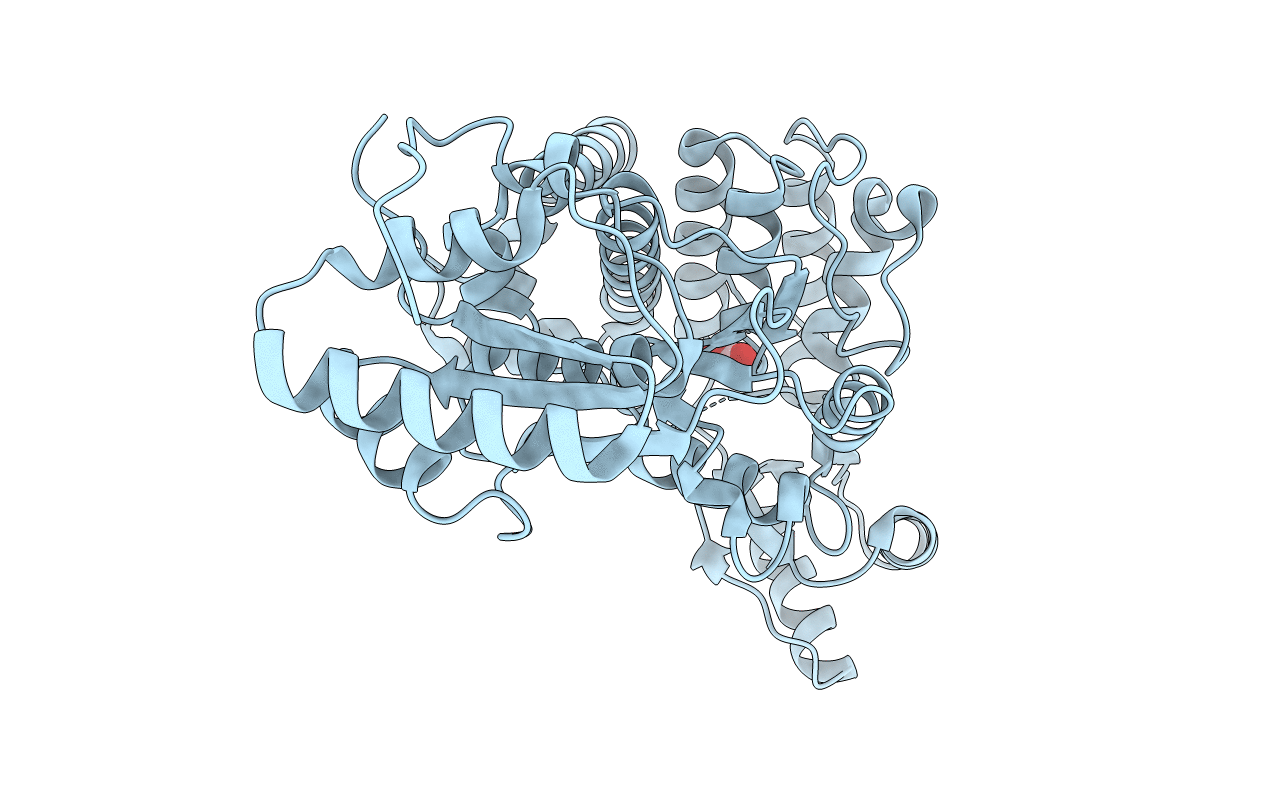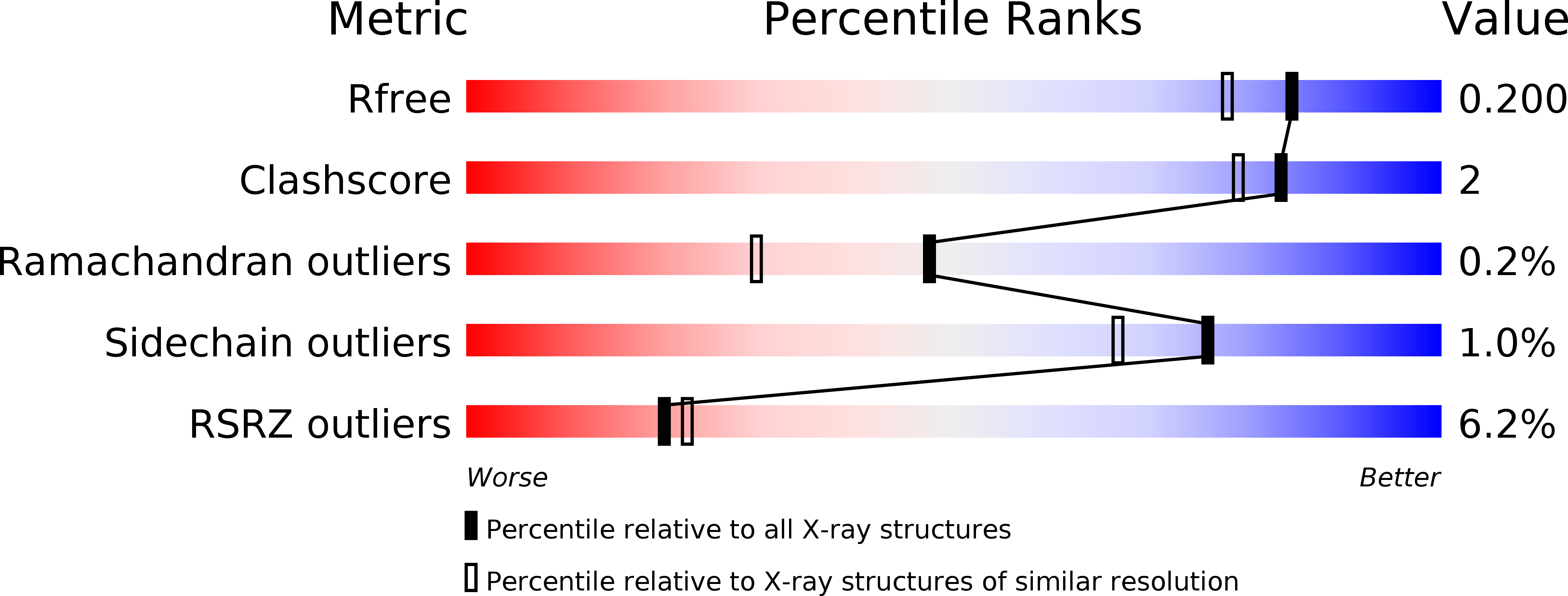
Deposition Date
2014-05-08
Release Date
2014-11-05
Last Version Date
2023-09-20
Method Details:
Experimental Method:
Resolution:
1.70 Å
R-Value Free:
0.20
R-Value Work:
0.17
R-Value Observed:
0.17
Space Group:
P 21 21 21


